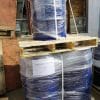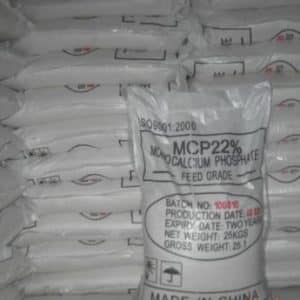Description
UVR-6110: Unveiling the Versatility of a Specialized Epoxy Resin
Delving into 3,4-Epoxycyclohexylmethyl-3,4: A Detailed Look at UVR-6110
Beyond Basic Epoxy: Exploring the Properties of UVR-6110
The Power of Cycloaliphatic Epoxies: Understanding UVR-6110
Here’s a draft of an article using “UVR-6110: Unveiling the Versatility of a Specialized Epoxy Resin”:
UVR-6110: Unveiling the Versatility of a Specialized Epoxy Resin
Epoxy resins are widely known for their strength, adhesion, and chemical resistance, making them essential materials in countless applications. However, not all epoxy resins are created equal. One particular type, represented by the product designation UVR-6110, stands out due to its unique chemical structure: 3,4-Epoxycyclohexylmethyl-3,4. This article delves into the world of this cycloaliphatic epoxy resin, exploring its properties, applications, and the reasons behind its specialized niche.
Understanding the Chemistry: What is 3,4-Epoxycyclohexylmethyl-3,4?
The chemical name, 3,4-Epoxycyclohexylmethyl-3,4, might seem daunting, but it reveals key information about the resin’s structure. It’s a cycloaliphatic epoxy, meaning it contains an epoxy group (a three-membered ring with an oxygen atom) attached to a cyclohexane ring (a six-carbon ring). This specific structure gives the resin several distinctive characteristics compared to more common bisphenol-A based epoxy resins.
Key Features of UVR-6110
Cycloaliphatic Backbone: The cyclohexane ring provides the resin with excellent UV stability, making it ideal for outdoor applications where prolonged sun exposure is expected. This sets it apart from traditional epoxy resins, which can yellow or degrade under UV light.
Low Viscosity: Epoxy Resin 90% generally exhibits low viscosity, which is advantageous for processing. This property allows for easier mixing with other components, better wetting of surfaces, and reduced air bubble entrapment.
High Reactivity: Compared to other epoxies, cycloaliphatic epoxies tend to have higher reactivity, leading to rapid curing when combined with suitable hardeners or curing agents.
Excellent Chemical Resistance: This resin boasts good resistance to a wide range of chemicals, including solvents, acids, and bases.
Good Electrical Insulation Properties: UVR-6110 typically demonstrates high dielectric strength, making it suitable for electrical applications.
Applications: Where is UVR-6110 Used?
The unique combination of properties makes Epoxy Resin 90% a valuable resin in a variety of applications, including:
UV-Curable Coatings: Its excellent UV stability and reactivity make it a prime ingredient in UV-curable coatings, particularly for outdoor applications, automotive finishes, and industrial coatings.
Adhesives: The strong adhesion properties, low viscosity, and chemical resistance make UVR-6110 a strong candidate for high-performance adhesives.
Electronics Encapsulation: Its electrical insulation properties and chemical inertness make it useful for encapsulating and protecting sensitive electronic components from moisture, dust, and vibration.
Composites: The resin’s low viscosity and good mechanical properties make it suitable for use in composite materials, such as those found in aerospace and automotive parts.
Rapid Prototyping (3D Printing): Some specialized 3D printing resins utilize related cycloaliphatic epoxy chemistries.
High-Performance Tooling: The exceptional chemical and mechanical properties of cycloaliphatic epoxy resins make them suitable for creating durable tooling for molding and forming processes.
The 90% Designation
It’s important to note that the designation “Epoxy Resin 90% (UVR-6110)” indicates the resin is typically delivered as a blend or solution. This likely implies there are other components present besides the 3,4-Epoxycyclohexylmethyl-3,4 molecules. These additives might include diluents to adjust viscosity or stabilizers to enhance performance or storage life.
Conclusion
UVR-6110, with its core component of 3,4-Epoxycyclohexylmethyl-3,4, is a valuable epoxy resin that offers a unique blend of properties. Its UV stability, low viscosity, and chemical resistance make it an ideal choice for a variety of specialized applications. As the demand for high-performance materials continues to grow, resins like UVR-6110 will undoubtedly play an increasingly important role in various industries. Understanding their nuances is key for engineers and product designers looking for specific solutions to demanding requirements.
Key Takeaways for Article:
Focus on the Unique Chemistry: Explain the cycloaliphatic epoxy structure.
Highlight Key Properties: Emphasize UV stability, low viscosity, etc.
Provide Practical Applications: Detail where the resin is used and why.
Address the 90% Designation: Explain that it’s likely a blend rather than 100% pure 3,4-Epoxycyclohexylmethyl-3,4
This article provides a solid overview of the UVR-6110 epoxy. Remember to tailor it further for your specific audience if needed. Good luck!









Reviews
There are no reviews yet.